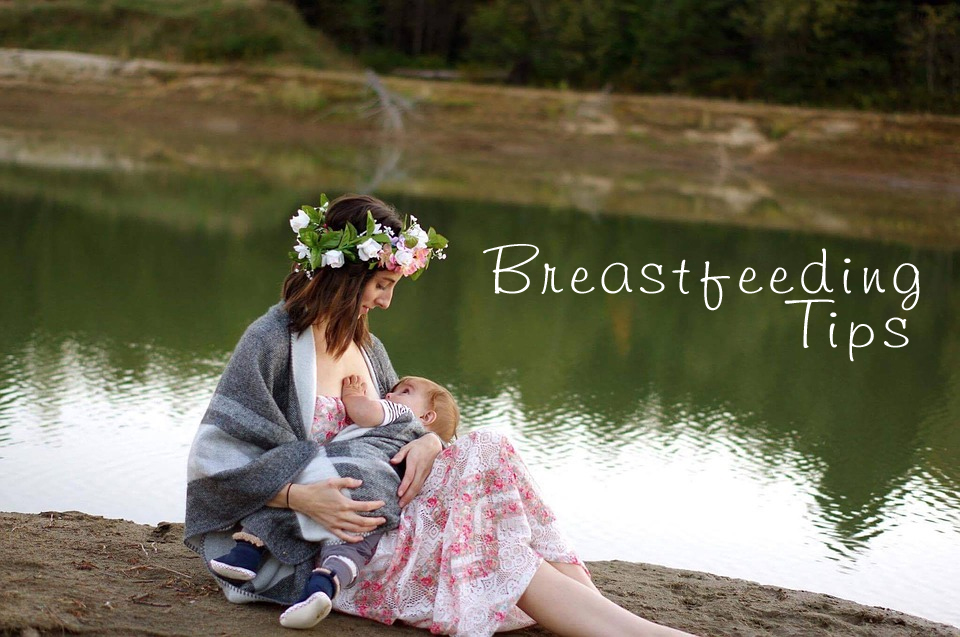 Breastfeeding is a natural phenomenon that your body prepares for throughout pregnancy. 89% of mothers breastfeed their babies at birth. Lack of milk and difficulty in breastfeeding are the main reasons mothers have for stopping breastfeeding before the age of 6. The other reason for some mothers is their busy work style. In that case, you can use a breast pump to get the milk to a bottle for feeding the baby in your absence. Here are 10 tips for successful breastfeeding.
Breastfeeding is a natural phenomenon that your body prepares for throughout pregnancy. 89% of mothers breastfeed their babies at birth. Lack of milk and difficulty in breastfeeding are the main reasons mothers have for stopping breastfeeding before the age of 6. The other reason for some mothers is their busy work style. In that case, you can use a breast pump to get the milk to a bottle for feeding the baby in your absence. Here are 10 tips for successful breastfeeding.
Prepare your breasts for breastfeeding
No breast preparation is necessary for successful breastfeeding. Breasts prepare themselves naturally during pregnancy. However, this will not guarantee, for all that, the absence of pain in the sucking of the first feedings or the absence of cracks, Use a greasy soap to avoid drying your nipple. Regularly massage your areola and nipple with a greasy cream or an oil to moisturize and soften them.
Breastfeed right after birth
The skin-to-skin contact between you and your baby triggers your lactation and the reflex to suckle in your baby. It also helps keep you warm and reduces stress. So your baby will start looking for the breast that will produce more milk faster. Babies are often more awake and interested in drinking within the first hour of birth. In the case of cesarean birth, the mother or father can hold the baby skinned until the baby can enjoy his first feed.
Master the technique
Bring your baby to your breast rather than your breast to your baby. Firmly support your baby’s neck and shoulders without pushing the back of his head, as the baby often responds to this pressure by moving away from the breast. You can take out a few drops of your milk to awaken the senses of taste and smell of your baby. When your baby lets go of your breast or sucks more vigorously, make him burp and offer him the other breast. If you need to remove your baby from the breast, gently insert a finger into the corner of his mouth until the joint is broken.
Find the position that suits you
There are many positions to breastfeed. Find the one in which you and your baby feel most comfortable. If you have given birth by cesarean section, you may need help finding a comfortable position for you and your baby. Ask the help of nurses, your doctor, your midwife or a consultant.
Relieve your chest
In the first days, expose your nipples to air or light after each feeding. Leave some dried milk on your nipples. It has lubricating and anti-infectious properties. If your breasts are swollen and sore (stuffed), cold compresses will reduce swelling, then a light massage and warmth (hot towel or hot shower) will help the flow of milk. You will feel more comfortable if you take out some milk before breastfeeding to relieve the pressure and if you are breastfeeding more often.
Some tips:
- Breastfeed on the least painful side first.
- Gently massage your breasts during feeding. This promotes the flow of milk.
- Wear a cotton bra and use only breastfeeding pads without plastic lining.
- Avoid wearing a bra too tight.
- Change your position at each feeding. The baby’s mouth will put pressure on different areas of the nipple. Sit down for a feeding, lie down for the next one.
Stimulate your baby
Learn to express your milk by hand to stimulate your baby by placing a few drops of milk on your nipple. This helps your newborn to start nursing and relaxes your breast. At the end of a feed, you can also take out a few more drops of milk to lubricate your nipples by massaging gently to help prevent cracking and cracks. Your baby’s frequent breastfeeding will also help increase your milk production. The more you breastfeed your baby, the more milk you will produce.
Watch the baby, not the clock!
Stay tuned for signs of hunger that indicate your baby wants to drink, such as when he pokes, licks his lips, or puts his hands to his mouth. Crying is a late sign of hunger. Instead of programming the feeds according to the clock, watch for the appearance of such signs instead. Some babies prefer several “services” while others prefer a long meal. Do not squeeze your baby, take your time.
Determine if your baby is nursing well
There are several signs that your newborn baby is breastfeeding. First, it should take in the mouth the nipple and a good part of the areola (the dark part of the breast). His chin must touch the breast, his lips are bent outward. At the beginning of the feeding, your baby swallows milk with each suction movement, sometimes taking short breaks. During feeding, the rhythm of sucking movements slows down. If all goes well, feeding is not painful!
Take care of yourself
Do not forget about breastfeeding and remember to rest, relax. This will be favorable to you as well as to your milk production. The first few days, try to rest when your baby sleeps. Eat healthy and complete meals and drink when you are thirsty. When you are breastfeeding your baby, you could have a snack and drink something.
Listen to yourself!
Breastfeeding is not for all moms. You have to know when to let go. Yes, all right, “mom” milk would be better for the infant, but if breastfeeding is not a source of happiness, there is no question of guilt! We simply go to the bottle. After all, blood ties are stronger than breasts!
Contributed by the team athttps://www.amedame.com/







